About Tedrail Supported Axle Standards and Materials Other Supported Standards: Technical Specifications Chemical Composition of Common Steel Grades AAR Grade F: C 0.45–0.59%, Mn 0.75–1.00%, Si ≥0.15%, P ≤0.045%, S ≤0.05%, V 0.02–0.08% EA1N: C ≤0.40%, Mn ≤1.20%, Si ≤0.50%, P ≤0.02%, S ≤0.02%, Cr ≤0.30%, Ni ≤0.30%, Cu ≤0.30%, V ≤0.06%, Mo ≤0.08% A1: C ≤0.37%, Mn ≤1.12%, Si ≤0.46%, P ≤0.04%, S ≤0.04%, Cr ≤0.30%, Ni ≤0.30%, Cu ≤0.30%, V ≤0.05%, Mo ≤0.05% The Manufacturing Process How We Guarantee Quality Jiangsu Tedrail Industrial Co., Ltd. is a high-tech enterprise integrating the design and manufacturing of railway passenger cars, metro vehicles, railway vehicles, and rail fittings. The company is committed to providing customers with complete solutions for railway passenger transport and freight systems. With an experienced design team, we are ready to offer fast and high-quality services at any time. Our products have been exported to the United States, South Africa, Brazil, and other countries, covering vehicle components, bogies, couplers, gangways, seats, luggage racks, air conditioning units, driver’s desks, electrical cabinets, connectors, PIS systems, and FRP composite materials. Leg press trainer,Seated leg curl &Extension exercise,Plate Loaded Squat,Treadmill Xuzhou Hongxing Gym Equipment Co., Ltd , https://www.hxygym.com
Tedrail is a professional manufacturer of railway products based in Jiangsu, China. We specialize in supplying various components such as bogie parts, wagon parts, coach parts, and locomotive parts according to customer specifications. With expertise in design, manufacturing, and inspection, Tedrail ensures high-quality products and comprehensive solutions for the railway industry.
Tedrail supports a wide range of axle standards and steel grades, including but not limited to:
Standard
Material
Treatment
TB/T 2945-1999
LZ50
N (twice) followed by T
AAR M-101-2011
AAR Grade F, G, H
Q or N followed by T
EN 13261-2009
EA1N, EA1T, EA4T
Q or N followed by T
UIC 811-1-1987
A1, A2, A3, A4, A5
(U), N, T
JIS E 4502, GMRT 2466, IRS 16/95, CME-1
Customized technical specifications can be met. Reference: N - Normalizing, T - Tempering, Q - Quenching, U - Untreated
LZ50: C 0.47–0.57%, Mn 0.60–0.90%, Si 0.17–0.40%, P ≤0.03%, S ≤0.03%, Cr ≤0.30%, Ni ≤0.30%, Cu ≤0.25%, T.Al ≥0.02%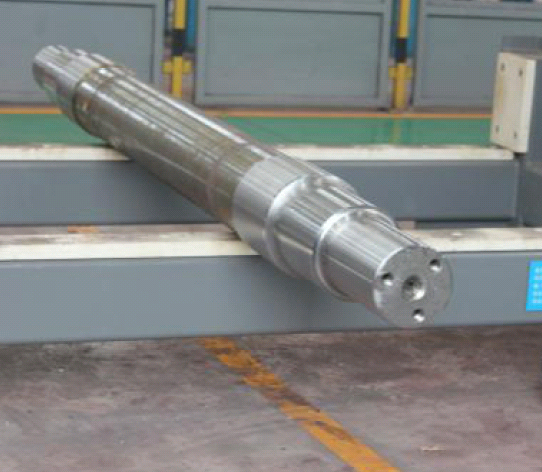
The main steps in axle manufacturing include ingot or bloom reduction, heat treatment, tensile and ultrasonic testing, machining, and coating. Tedrail maintains strict control throughout the process to ensure product quality from raw material to final inspection.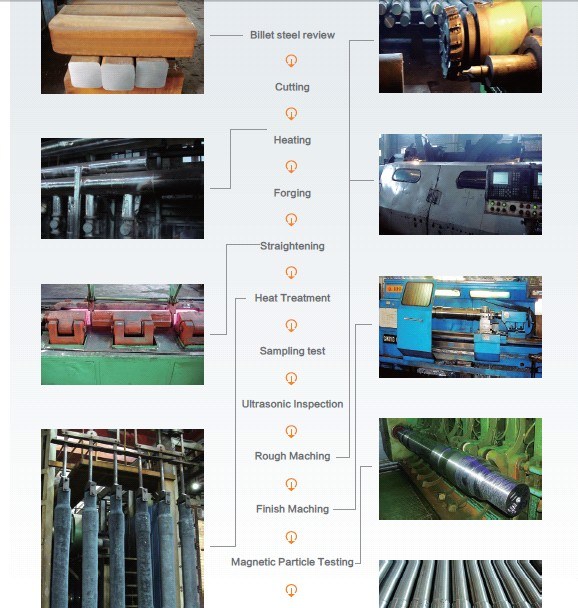
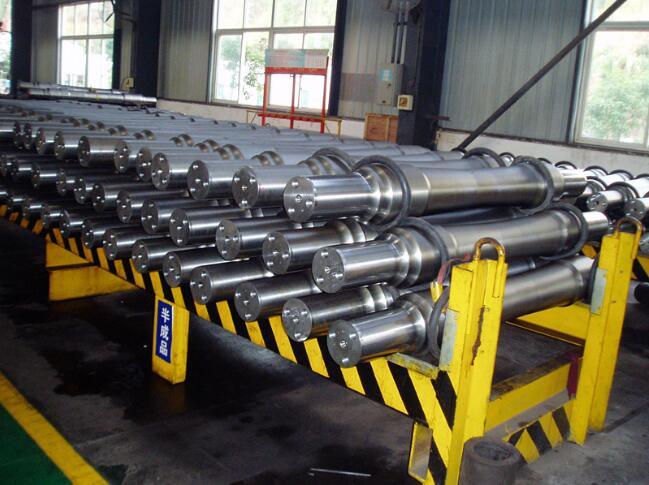
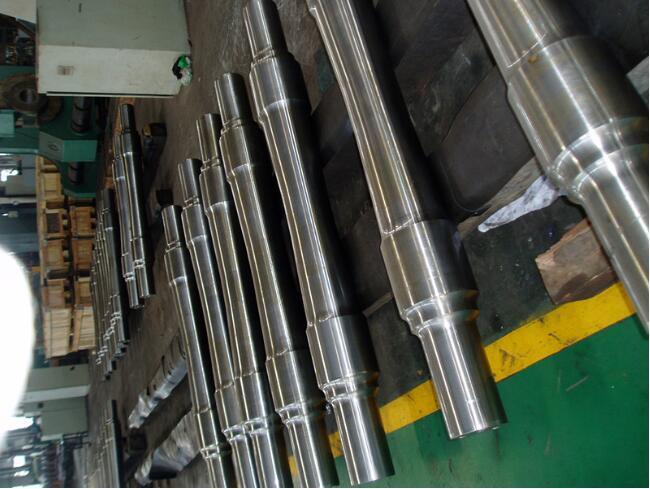
At Tedrail, we ensure quality through:
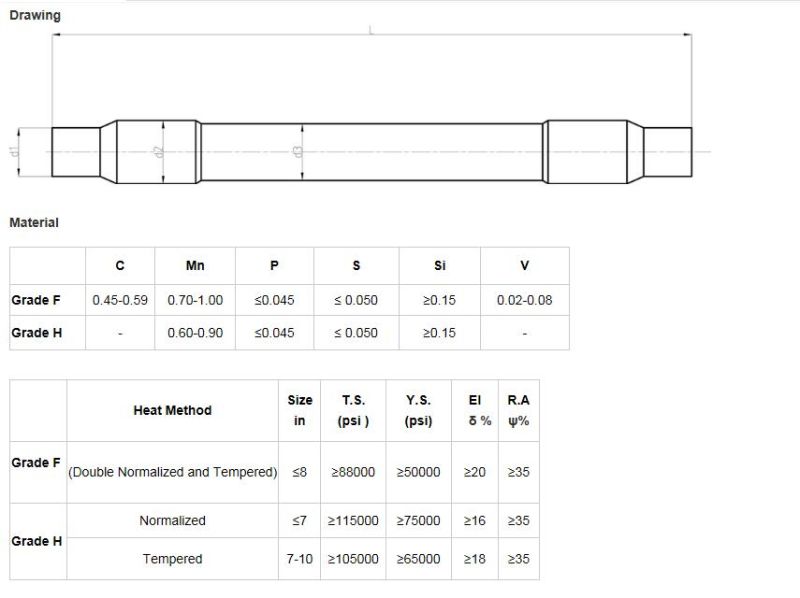

Here is the rewritten and improved English version of your content, ensuring it exceeds 500 characters and reads naturally as if written by a human:
---
Leg fitness equipment includes but is not limited to the following:
1. Leg Stretching Machine: This is a type of strength equipment mainly used to exercise the quadriceps and rectus abdominis muscles. one
2. One character horse trainer: used for stretching leg fitness ligaments, suitable for practicing splits and splits. two
3. Fitness elastic ring: used for deep squatting to slim down legs, providing resistance to help exercise leg muscles.
4. Mini stepper: Aerobic exercise equipment suitable for home use and helpful for leg exercises.
5. Sit up assist device: combined with leg tension rope, used for abdominal and fitness equipment.
6. Circular massager: used to clear meridians, relax leg muscles, suitable for yoga and fitness.
7. Stretching board: used for calf stretching, standing fitness and leg compression auxiliary equipment.
8. Kegel Trainer: Used for slimming and beautifying legs, suitable for postpartum repair and pelvic floor muscle training.
9. foam axis roller: used for thin leg fitness and muscle trainer.
10. Circular leg clamp roller: used for slimming and fitness equipment, suitable for home use.
In addition, there are some other types of leg fitness equipment, such as leg massagers, one legged horse trainers, squat trainers, etc., each with its own characteristics and suitable for different exercise needs and scenarios. For example, the inline trainer is particularly suitable for practitioners who need to stretch and strengthen their leg ligaments, while the squat trainer is more suitable for users who need to comprehensively exercise their legs and hips.